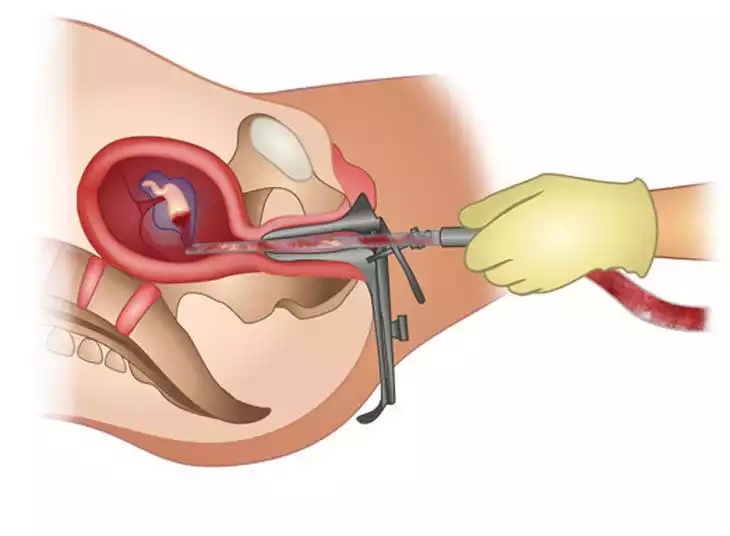
Dilation and Evacuation (D&E): A Comprehensive Guide
February 08, 2024 16:56
November 03, 2024 9:12
Introduction:
Dilation and Evacuation (D&E) is a medical procedure (Abortion) performed to terminate pregnancies in certain situations. It is important to understand the historical background, steps of the procedure, indications, contraindications, potential complications, and the legal status of D&E in the United States and the European Union.
This article aims to provide a comprehensive overview of D&E while emphasizing the significance of consulting healthcare professionals for personalized advice.
Historical Background:
D&E has a complex historical background and has evolved over time. The procedure has been performed for many years and has undergone modifications to enhance safety and effectiveness. Advancements in medical knowledge and technologies have significantly contributed to the development of this procedure.
Indications for D&E:
D&E is primarily performed in situations where the termination of a pregnancy is deemed necessary or medically indicated. These indications may include:
1. Fetal anomalies: In cases where significant fetal abnormalities are detected, D&E may be recommended. This allows for the termination of a pregnancy where the fetus is unlikely to survive or experience a reasonable quality of life.
2. Maternal health concerns: When a pregnancy poses a significant risk to the mother’s physical or mental health, D&E may be considered. This can include severe medical conditions or complications that arise during pregnancy.
Steps of the Procedure:
D&E involves two main steps: dilation (widening) of the cervix and evacuation (removal) of the uterus. Here is a brief overview of each step:
1. Dilation:
The cervix is gradually dilated using laminaria or dilators made of synthetic materials. This step is necessary to create an opening through which the contents of the uterus can be evacuated.
2. Evacuation:
Once the cervix is dilated, the contents of the uterus are removed using suction or instruments called forceps. The procedure is carefully performed to ensure the complete extraction of the uterine contents.
Contraindications:
While D&E is generally a safe procedure, there are certain situations where it may not be recommended. Some potential contraindications include:
1. Advanced gestational age: D&E is typically performed within specified gestational limits. After a certain point in pregnancy, alternate procedures may be recommended.
2. Active pelvic infection: If a patient has an active pelvic infection, D&E may be postponed until the infection is treated and resolved.
Potential Complications:
Like any invasive medical procedure, D&E carries a small risk of potential complications, which can include:
1. Infection: There is a slight risk of infection following D&E. Doctors may prescribe antibiotics to minimize the likelihood of infection.
2. Uterine perforation: Though rare, there is a small risk of uterine perforation during the procedure. This involves the accidental puncture or damage to the uterus or surrounding organs.
Legal Status in the US and EU:
The legal status of D&E varies across countries, including the United States and the European Union. Laws and regulations governing D&E differ, and restrictions on the procedure can vary significantly. It is crucial to consult healthcare professionals and understand the legal requirements of D&E in your specific jurisdiction.
Conclusion:
Dilation and Evacuation (D&E) is a procedure performed in specific situations to terminate pregnancies. It involves the dilation of the cervix and evacuation of the uterus. Understanding the historical background, steps of the procedure, indications, contraindications, potential complications, and legal status is crucial.
It is essential to consult with healthcare professionals to obtain tailored advice and guidance. Remember, seeking personalized medical advice is always the best course of action.
Author
 Dr. Kopp Kallner. M.D. in Obstetrics & Gynecology, Columbia University Medical School.
Dr. Kopp Kallner. M.D. in Obstetrics & Gynecology, Columbia University Medical School.

 Français
Français Deutsch
Deutsch Español
Español Русский
Русский